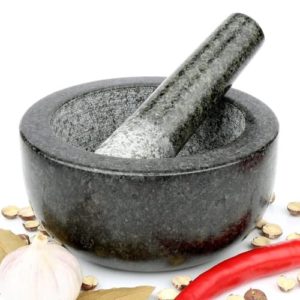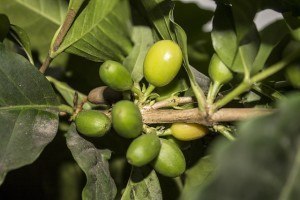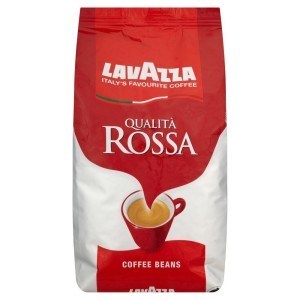How Are Coffee Beans Graded and What Difference Does it Make?
Have you ever wondered how coffee beans are actually graded and does it really matter? As someone who enjoys coffee of all varieties, it is good to know about how coffee beans are graded.
The most important thing to be aware of is that there is no actual universal or indeed Global coffee grading system. Different counties export different varieties of beans and can grade them as desired.
However, there are some aspects of coffee bean grading that are similar no matter where the beans are imported from. Most beans are examined and graded based upon several criteria which are also the same everywhere.
These include the altitude from their growing region, the region itself, the manner in which they were prepared, and their shape or colour. Additional criteria can include the botanical variety of the plant that produced the beans.
I have written an article on where coffee beans come from that explains the various coffee growing regions.
Grading also includes determining what, if any, imperfections are visible on the beans. Finally, the taste of the roast that the bean delivers is taken into consideration.
- What kind of characteristics does the flavor have?
- Is it dense?
Questions like these help determine what type of grade to assign to a coffee bean.The grading itself ranges from a scale of one to five. Again, this may not apply to every region that classifies its bean quality.
In general the five grades are broken down to indicate various imperfections of the coffee beans. As you can see from the video above, this sample size is 300 grams taken from a particular lot of coffee.
Types of Defect Found in Coffee Beans
There are three types of defect that can be found in a batch of coffee beans:
- large stones
- unripe beans
- shells
One body known as the Specialty Coffee Association have introduced as close to a set of standards as you will find, and we have explained that just below.
The key principle here is that when coffee is sold, it gets a classification that depends on the number of defects, screen size, and cup quality.
Grade 1 Coffee Beans
Grade 1 would be assigned to speciality coffee beans. These should have no inherent defects. There should be no insect damage. If any do appear, and most batches will have a few, then there should be no more than a total of three full defective qualities.
When defects are involved, they refer to actual problems with the beans. For instance, black beans in a batch of dark brown beans would be defective. Blotchy beans also are considered defective.These are off-color by their nature. In a green batch of beans these would be noticeably lighter in color, perhaps light green or white.
Any beans affected by a drought are noted with ragged shapes and pale colours. These beans should be sorted so that a maximum of five percent of the beans meet the proper size. They have to meet a certain degree of quality for acidity, aroma body and taste. The beans should only have nine to 13 percent moisture content.
Grade 2 Coffee Beans
Grade 2 is assigned to premium coffee beans. These beans have to meet the same criteria as the previous grade. However, they cannot have more than six full defective qualities.
Grade 3 Coffee Beans
Grade 3 is a grade given to exchange coffee beans. These have to be 50 percent above the screening level and have a maximum of five quakers. Quakers give coffee a bitterness.
These beans must also be free from major faults and have no more than 13 defective items. Anything that sits in between 6-13 defects is classes as a Grade 2/3.
Grade 4 Coffee Beans
Grade 4 is given to most standard coffee beans. These can have anywhere from 24 to 84 defects.
Grade 5 Coffee Beans
Finally, Grade 5 is assigned to any off grade coffee beans that have more than 86 full defects per batch.
So as you can see, there is quite a lot of information used to grade the quality of coffee beans. For the average person though, it is not of any great significance. The coffee beans used in the UK market are all of good enough quality.
The grading is much more important to the suppliers and distributors of coffee throughout the UK.
Resources Used
Grading and Classification of Green Coffee Beans - ico.org





